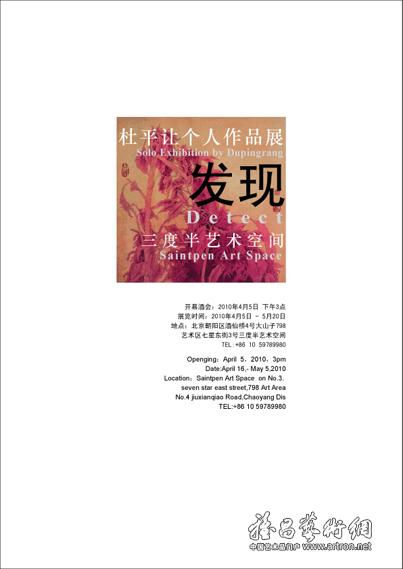分享到微信,
请点击右上角。
再选择[发送朋友]
或[分享到朋友圈]


所谓化石,是存留在岩石中的古生物遗体、遗物或生活痕迹,最常见的是骨头与贝壳等。 通俗来讲,就是古代生物的遗体、遗物或遗迹埋藏在地下变成了跟石头一样的东西。而化石的意义就是可以了解古生动植物的演化并能帮助确定地层的年代,而保存在地壳的岩石中的古动物或古植物的遗体或表明有遗体存在就是最好的证据。
据了解,从太古宙即34亿年前至全新世即1万年前之间都有化石出现。在我国著名的先秦古籍《山海经》中也有“石鱼”,即鱼化石的记述。不仅如此,在中国历史上的各个朝代都有或多或少的记载,像南朝齐梁时期,陶弘景有对琥珀中古昆虫的记述;宋朝沈括对螺蚌化石和杜绾对鱼化石的起源,已有了正确认识。迄今,发现最早的细菌化石为距今35亿年前的澳大利亚瓦拉翁纳群中的丝状细菌化石。

所以人们对于化石并不陌生,但是真正见过的却少之又少。近日福羲国际拍卖行有幸征得一件“海底螺化石”,其高:45cm 寬:28cm 厚:5.3cm,整体造型规整匀称,在其表面可以看到有螺旋状的纹路。据悉海底螺化石,是一种海洋类古生物化石,在古生物中被划为头足类软体动物,是从约4亿年前的泥盆纪早期的鹦鹉螺目进化而来的,在其后的3亿7千万年间,在全世界的海洋里大量繁衍。那么首次在内陆的泰山山脉发现海螺化石,也真正说明了远古时代山东大地是一片汪洋大海!

但到了白垩时期,它们的种类却急剧下降,再由于地球地质的变迁,使其遗体残骸沉积在灰岩或页岩中,且身体的标本得以完整保存,年代久远而使之变成化石。它们和恐龙一样,在白垩纪晚期就从地球上绝种。故此,现身尊慧的此海底螺化石极为难得,它不仅形状保存完整,其上留下的历史痕迹更是清晰可见,对于热衷于此道的藏友来说,更是极为珍稀之物。

化石,是这种生物曾经存在于这片蔚蓝星球上的绝对证据,它让人们了解到远古的生物形态,繁衍环境,更让我们了解到生物的进化过程。每一个化石在喜爱它的人眼里都是沉甸甸的历史,是古老生物跨越远古的诉说,更是可以修正现今科学理论的铁证。在这里,不得不说化石对于科研有着无与伦比的地位,其价值也不可估量,就像此海底螺化石,这种消失了近亿年的古生物,如果没人发现它留下的化石,它的存在又有几人知道呢?它们就像失落文明那样,可能永远的埋葬荒古,所以,此化石十分值得典藏研究!
The so-called fossils are the remains of ancient organisms, relics or traces of life that remain in rocks. The most common are bones and shells. Generally speaking, the remains, relics or remains of ancient creatures are buried underground and turned into something like stones. The significance of fossils is to understand the evolution of Paleozoic plants and animals and to help determine the age of strata. The best evidence is the remains of ancient animals or plants preserved in the rocks of the crust or the presence of remains.
It is understood that fossils appeared from Archean 3 billion 400 million years ago to Holocene or 10 thousand years ago. In China's famous pre Qin ancient book "The Classic of the Great Wilderness", there are also "stone fish", that is, the description of fish fossils. Not only that, there are more or less records in every dynasty in Chinese history, such as the Qi and Liang dynasties in the Southern Dynasty, Tao Hongjing recorded the Middle-ancient insects of amber; Shen Kuo in the Song Dynasty had a correct understanding of the origin of the snail and clam fossils and Du Lu's fish fossils. So far, the earliest bacterial fossils found are filamentous bacterial fossils from the Varahona Group, Australia, 3.5 billion years ago.
So people are not strangers to fossils, but few have actually seen them. Recently, Fuxi International Auction House has been lucky to obtain a "sea snail fossil", which is 45 cm wide, 28 cm thick and 5.3 cm in height. Its overall shape is regular and symmetrical, and spiral lines can be seen on its surface. It is known that the sea snail fossil is a kind of marine paleontology fossil. It is classified as cephalopod mollusk in the paleontology. It evolved from the early Devonian Nautilus about 400 million years ago. In the following 370 million years, it multiplied in the world's oceans. So the discovery of conch fossils in the Taishan Mountains for the first time in the hinterland really shows that Shandong was a vast ocean in ancient times.
But in the Cretaceous period, their species declined sharply, and their remains were deposited in limestone or shale due to the changes of the earth's geology, and the body specimens were preserved intact and fossilized over a long period of time. Like dinosaurs, they were extinct from the earth at the end of the Cretaceous. Therefore, the submarine snail fossil is extremely rare. It not only preserves its complete shape, but also leaves a clear historical trace on it. For Tibetans who are keen on this way, it is a very rare thing.
Fossils are the absolute evidence that this kind of organism once existed on this blue planet. They let people know the ancient biological form, reproductive environment and the evolution process of organisms. Every fossil in the eyes of those who love it is a heavy history, is the story of ancient creatures across the ancient times, but also can amend the current scientific theory. Here, we have to say that fossils have an unparalleled position in scientific research, and their value is immeasurable. Like this conch fossil, which disappeared for nearly 100 million years, if no one found the fossils it left behind, how many people know its existence? Like lost civilizations, they may be buried forever, so this fossil is worth researching.

分享到微信,
请点击右上角。
再选择[发送朋友]
或[分享到朋友圈]

